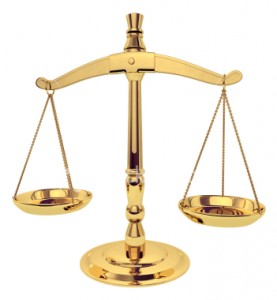The inception of today’s European Union (“EU”) can be dated from 1957, when the original six countries (Belgium, France, Germany, Italy, Luxembourg and the Netherlands) signed treaties to form a free trade association, which became known as the European Economic Community or EEC.
The Six became the Nine, when Denmark, Ireland and the UK joined in 1973. France had initially blocked the UK’s entry but then relented.
The Nine became the Ten when Greece joined in 1981…and then the Twelve when Spain and Portugal joined in 1986. These three countries, along with Ireland, were given special considerations because they were recognized as not having economies as advanced as the other 8 members.
The Twelve became the Fifteen when Austria, Finland and Sweden joined in 1995. And the Fifteen became the Twenty-Five when Cyprus, the Czech Republic, Estonia, Hungary, Latvia, Lithuania, Malta, Poland, Slovakia, and Slovenia joined in 2004.
The Twenty-Five became the Twenty-Seven when Bulgaria and Romania joined in 2007. Croatia is set to enter the EU as the 28th member on July 1, 2013. Note that neither Norway nor Switzerland are EU members…a mistake often made.
There are 23 official languages in the EU, but there is no single required EU language. Thus, key legislation and documents are produced in all 23 languages. However, English, French, German and Italian are the most prevalent languages in the EU.
In just over a half century, the EU has become an economic powerhouse, with a population of over 500 million and, measured by GDP, the largest economy in the world.
 Professor Richard Puntillo’s Expert Witness practice draws on a unique background that combines a distinguished teaching career as a University of San Francisco finance professor with two decades of high-level executive experience in investment and commercial banking.
Professor Richard Puntillo’s Expert Witness practice draws on a unique background that combines a distinguished teaching career as a University of San Francisco finance professor with two decades of high-level executive experience in investment and commercial banking. Set forth below are detailed summaries of selected examples of cases where I served as an expert witness...
Set forth below are detailed summaries of selected examples of cases where I served as an expert witness...  Blog Categories:
Blog Categories: